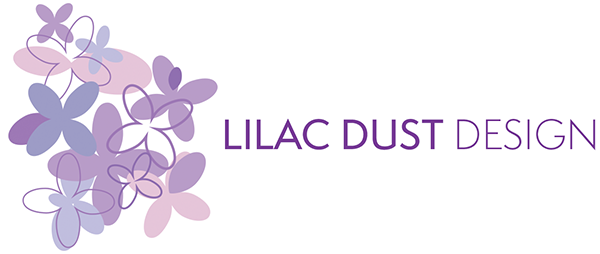Pop quiz! Is bamboo
- grass
- a tree
If you answered grass, you are correct!
Bamboo has become a popular material in home renovation and design because of its durability, cost, and eco-friendliness.
Feel good about using it; it replenishes itself, so you aren’t cheating the Giant Pandas out of any meals. And they eat a lot! According to the World Wildlife Foundation, they eat 24-86 pounds a day and grow up to 330 lbs.
Design benefits of bamboo flooring
It’s cost effective, with even the more expensive, formaldehyde-free brands costing around $6/ square foot. It’s eco-friendly. Unlike trees, which need 20 years to mature, bamboo stalks are like the gift that keeps on giving; it can be harvested every five to six years and will grow back. It’s also stylish and gives and airy, clean, modern look to a space.
Got water?
Bamboo is not automatically waterproof, so it’s probably not the best choice for high humidity environments, like a bathroom. Like hardwood, it will require sealing against water. It can also get discolored over time with sunlight, so protect your bamboo floor as you would with hardwood, with window coverings like shades or blinds. Also, the color might not go with existing darker décor as it’s a bit lighter than many hardwoods. But you can always add a darker color throw rug for consistency.
Environmental awareness tip: bamboo planks are made by shredded bamboo grass and combining the pulp with an adhesive that contains formaldehyde. Most people don’t have a sensitivity to it, but you can look for bamboo products that are labeled as formaldehyde-free.
Check back for tips on bamboo use in Feng Shui, from Lilac Dust Design and Color Consulting LLC.

